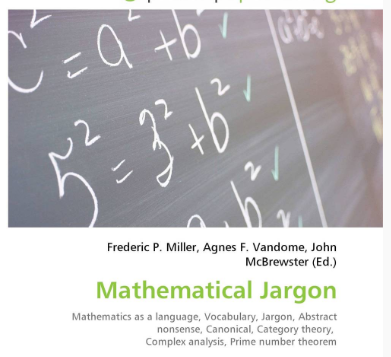Chinuk Wawa math?

(Image credit: morebooks.de)
One, two, three counting-related topics that have been hard puzzles in Chinuk Wawa:
- What were the pieces called in the various gambling-type games?
- What were various coins called?
- How did people talk about measuring things?
More knowledge of these could be a good tool for teaching kids about math in Jargon immersion classrooms.
The GAMBLING GAMES’ names are known to us:
- sləhál ‘the stick game’
- íłukma ‘the bone game’
- t’isay ‘the many-stick gambling game’
But for further details, I’d previously only found this, which is in the Grand Ronde Tribes dictionary of 2012:
- bón ‘bone(s) used in the bone game’
But — surprisingly for intertribal games that were closely associated with the use of Chinook Jargon, including in songs used to distract your opponents (a parallel to “hey batta batta“?) — not a whole lot more.
So, it’s a true pleasure to come across further information in George Gibbs’s ethnographic survey, “Tribes of Western Washington and Northwestern Oregon” (Washington: Government Printing Office, 1877; published together with William Healy Dall’s “The Tribes of the Extreme Northwest”).
Gibbs, known even today for his expertise in Chinuk Wawa, tells on page 206 about traditional gambling in the Puget Sound area. The rascal had left culturally important details out of his wonderful but bare-bones 1863 dictionary, but here we get some access to them…

Gibbs tells us that the íłukma game as played on Puget Sound uses “ten disks of hard wood, about the diameter of a Mexican [silver] dollar, and somewhat thicker, called, in the [Chinook] jargon, tsil-tsil…” Well now, that’s also the word for a ‘button’, you see. So the metaphor is understandable.
In the clipping above, you see Gibbs going on to report that the one marked playing piece is “called the chief”; he doesn’t specify if this would be in the local Lushootseed Salish or Chinuk Wawa, but it’s a fair inference that in the Jargon you’d call that piece the táyí or maybe the táyí-stík.
COINS: We know small denominations were rare, so exact change was scarce for many years, but we keep learning new surprising things such as a Jargon word “picayune” for the nickel (5-cent piece), and a BC word for ‘penny’. Gibbs weighs in on page 214 with just a little more information:

“The Indians are now all well acquainted with our coins, from the eagle to the dime, for which there are corresponding names in the jargon.” Okay, that’s really just backup for what we’ve already discovered, among which is the bizarre fact that the non-single-coin quantity ’75 cents’ had a firmly set name in Chinuk Wawa, seen as a borrowing into Aboriginal languages: łún kwáta ‘three quarters’.
MEASURES:

On page 214, Gibbs also tells us about “the more ordinary [European] weights and measures, to which, in the jargon, names were applied; as, ikht ill, one weight for our pound; ikht slik [stik], or ethlon, one yard or fathom; ikht tamaulikh, one tub or bushel; ikhtle sack, one sack, &c.” This word ill is new to Chinuk Wawa studies, as far as I have been able to determine. The final item is a misprint for ikht lesack ‘one bag’.
It’s worth giving the additional pointer that the way you express a quantity of something in the Jargon differs from English, where we say “two pounds of carrots”, “one bag of sugar”, etc. Chinuk Wawa uses no preposition, so you get ixt iłana sil ‘one yard of fabric’, łun lisak pał limoto-yaqsu ‘three bags full of wool’, and so on.
So there you have a few new little lessons in counting and measuring in the Jargon!
What do you think?
